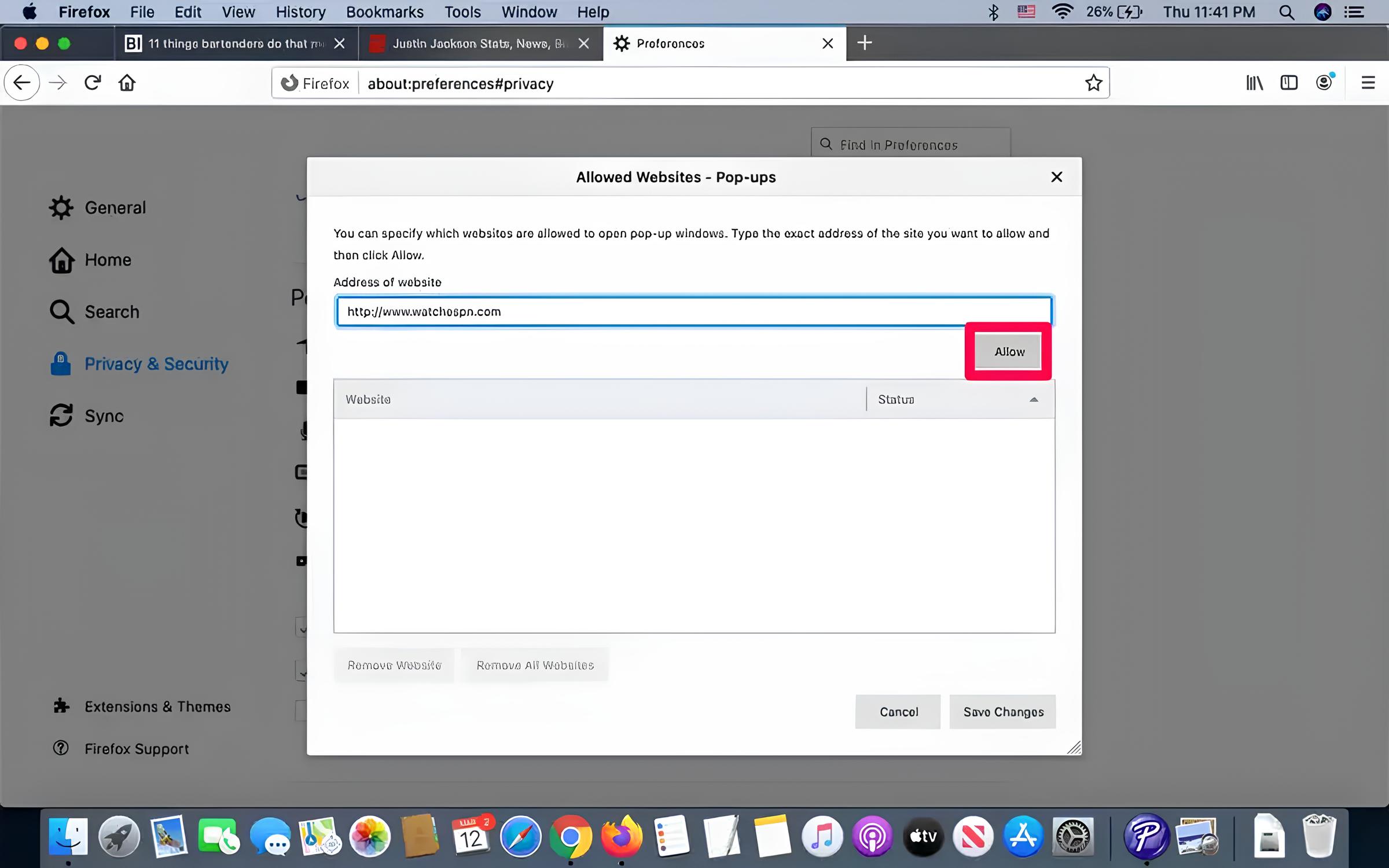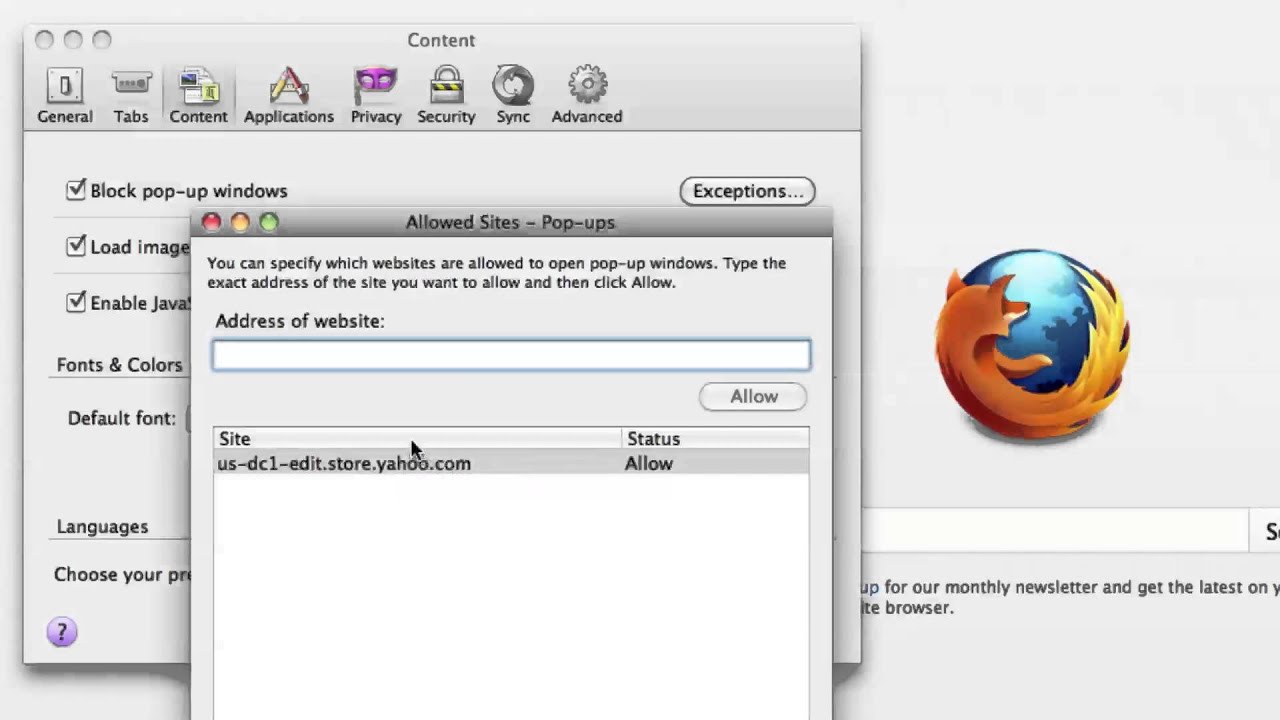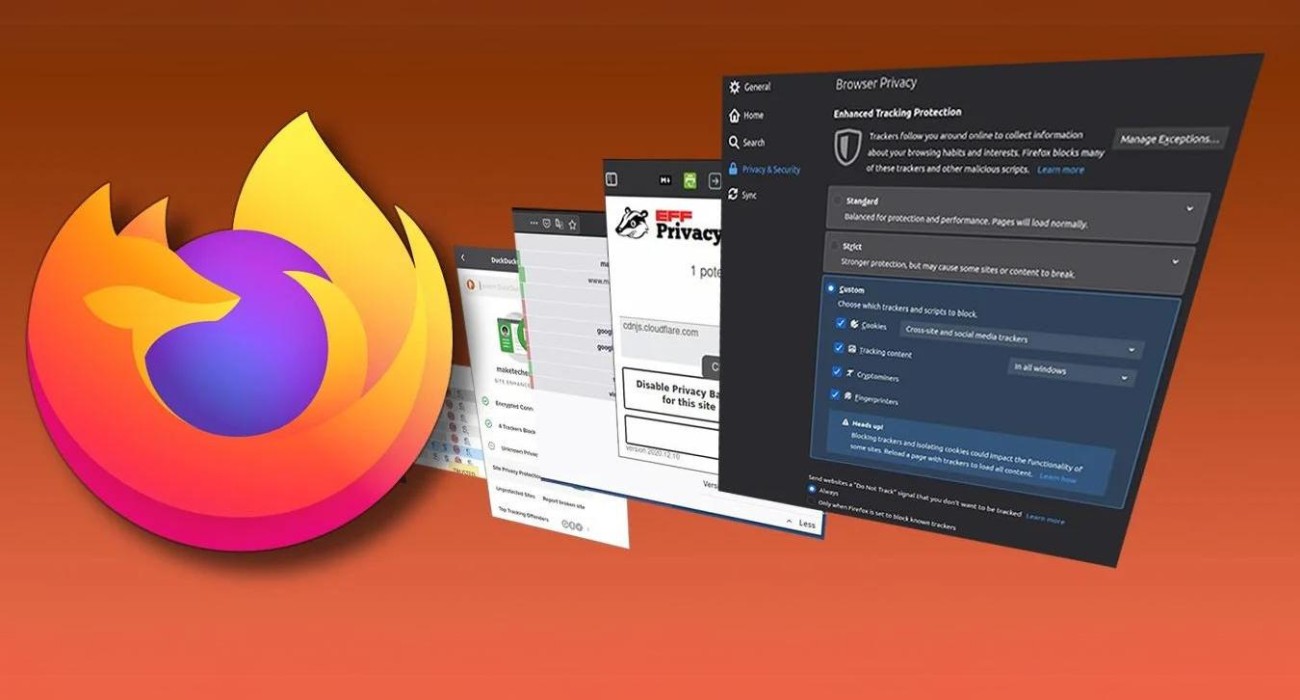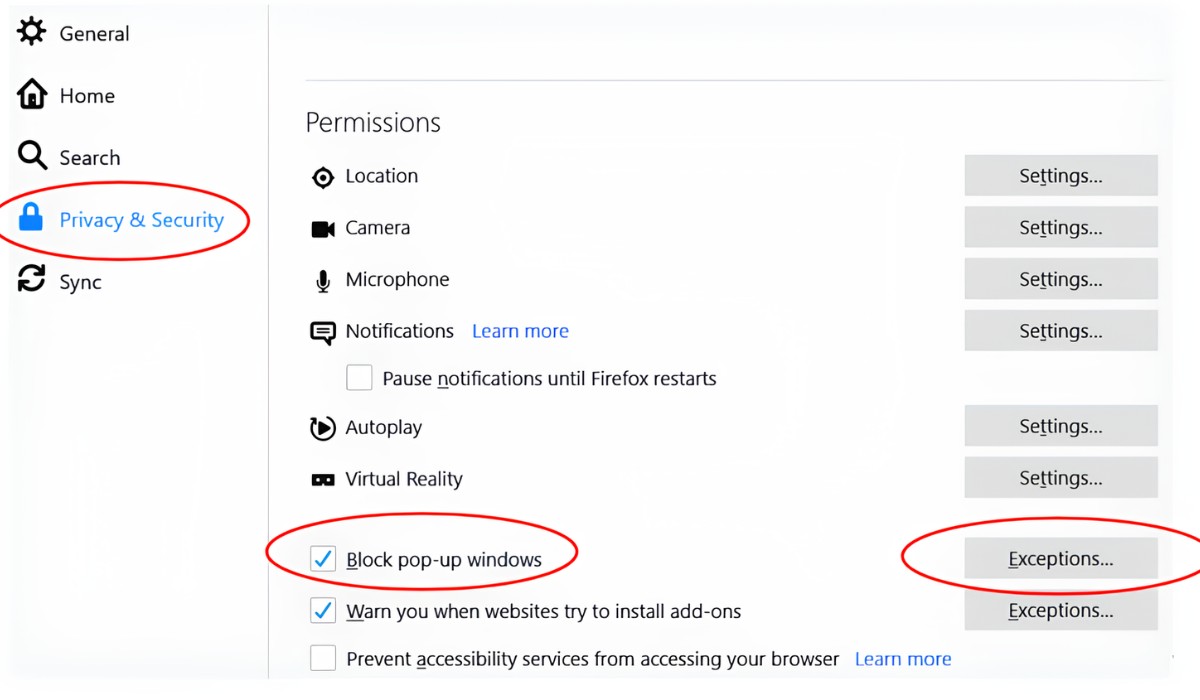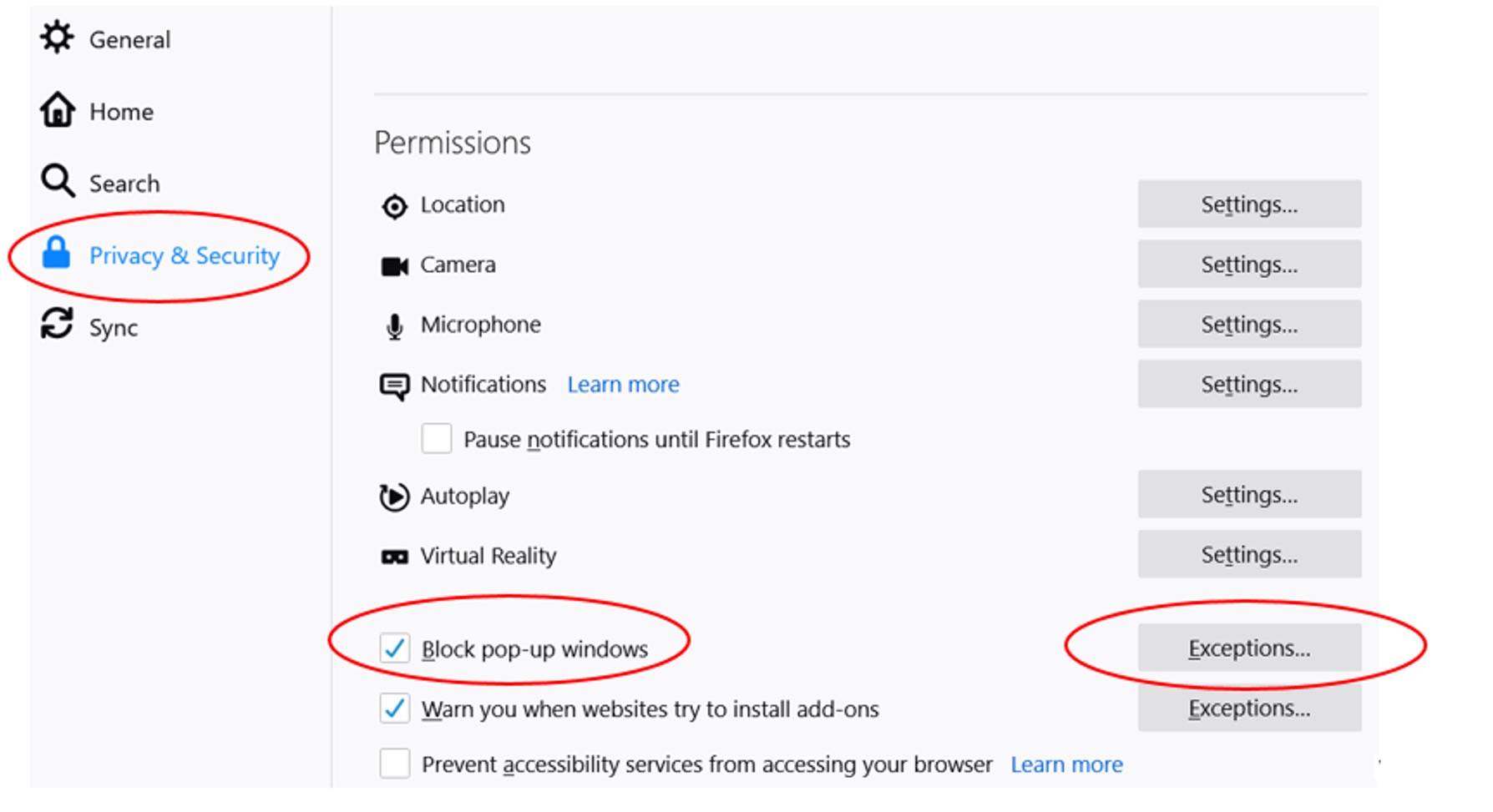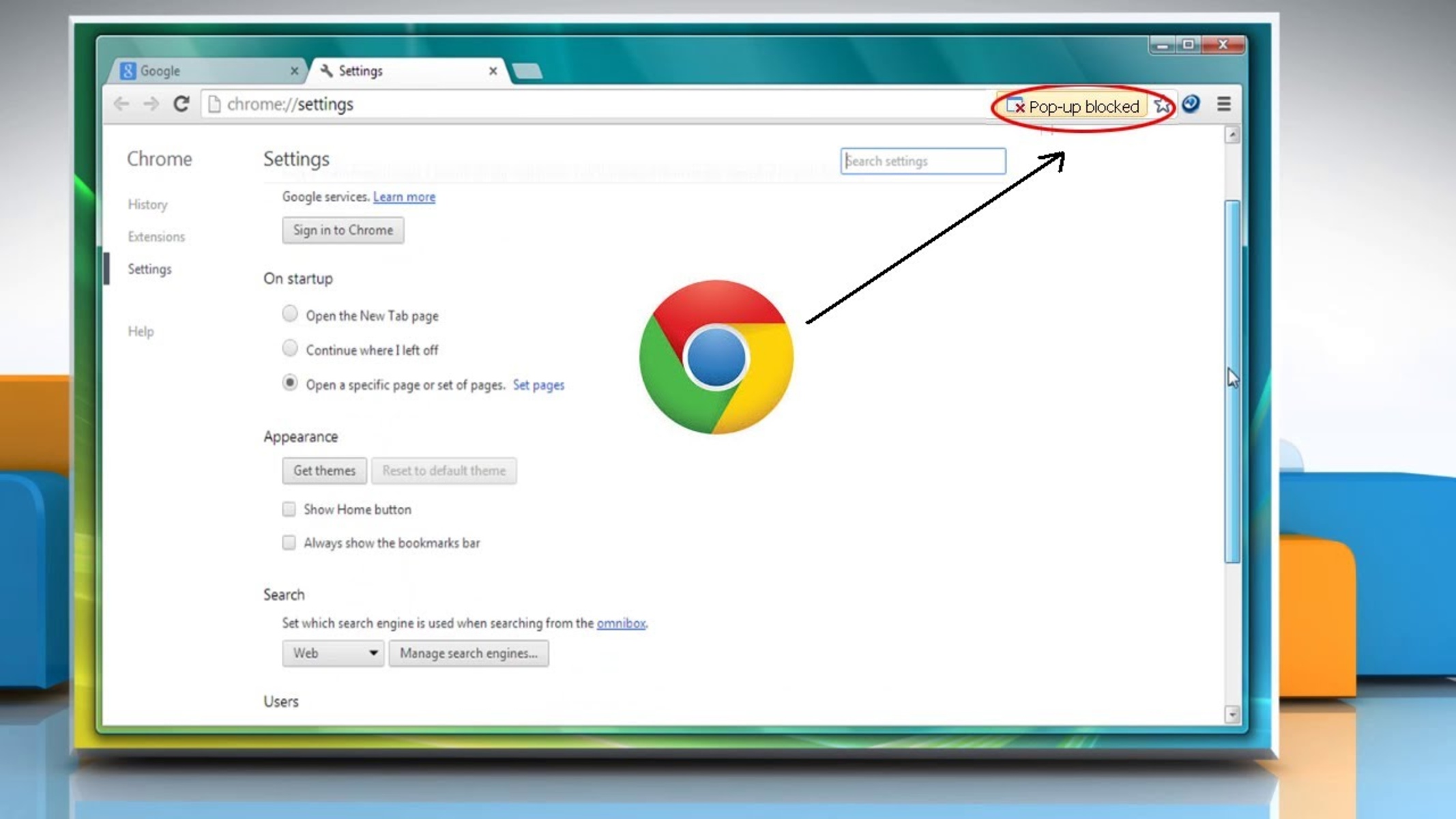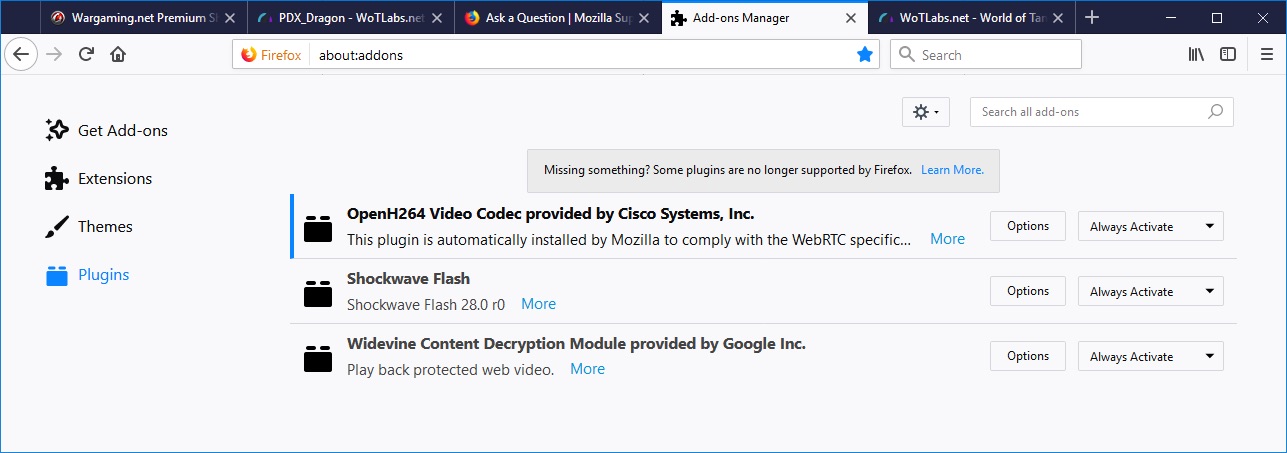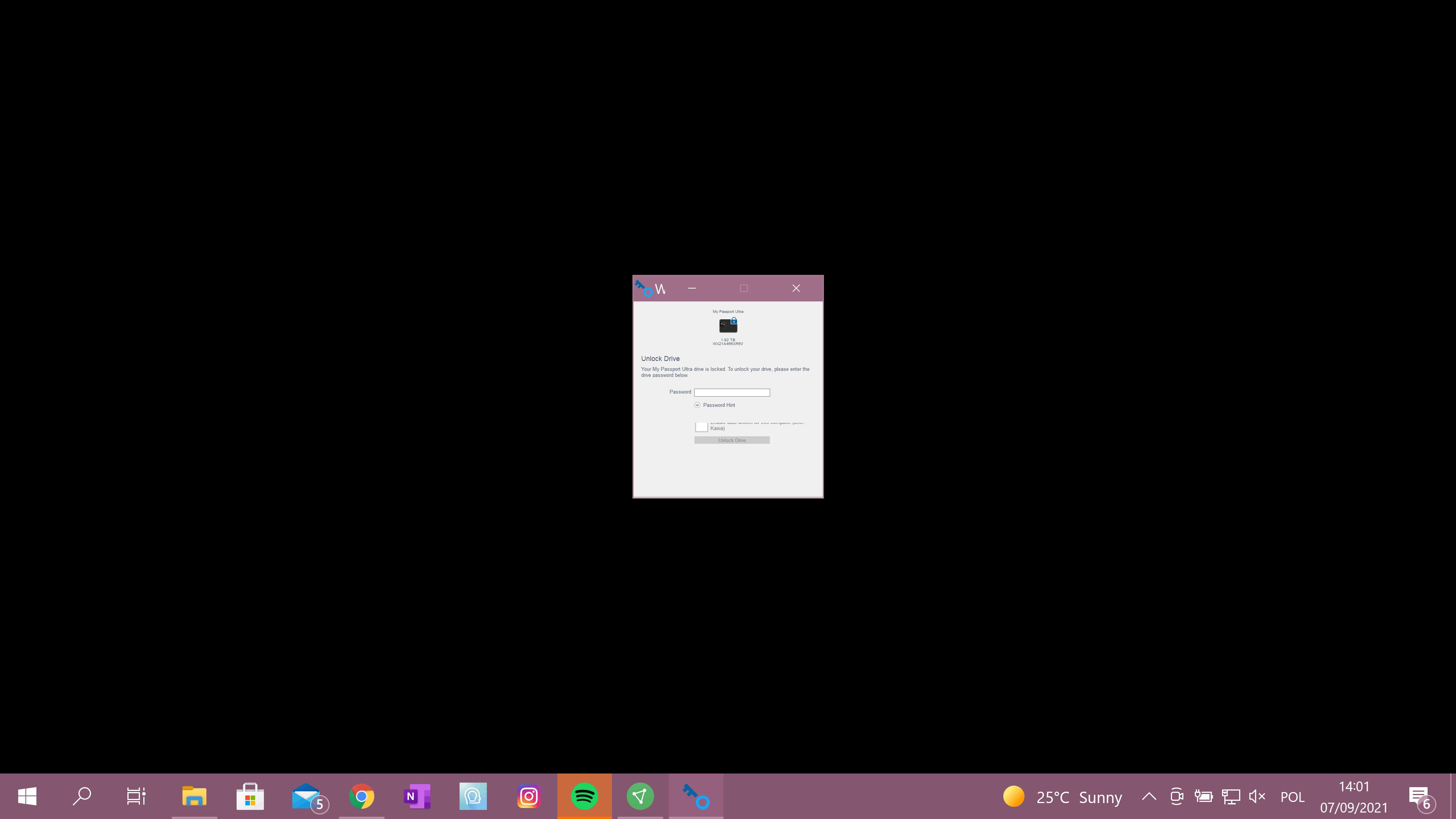Introduction
When it comes to web browsing, Firefox stands out as a popular and versatile choice among users. Its robust features and customizable options make it a top contender in the browser arena. However, one common issue that users encounter while navigating the web is dealing with pop-up windows. While pop-ups can sometimes be intrusive, there are instances where allowing them is necessary to access certain content or features on a website.
In this article, we will delve into the process of allowing pop-ups in Firefox, providing you with a comprehensive guide to navigate through this often frustrating aspect of web browsing. By following the steps outlined, you can gain better control over your browsing experience and ensure that you don't miss out on important information or functionality that may be presented through pop-up windows.
So, if you've ever found yourself clicking on a link only to be met with a blocked pop-up, or if you've encountered a situation where a website's essential features are hidden behind these windows, fear not. With the right knowledge and a few simple steps, you can empower yourself to manage pop-ups in Firefox effectively, allowing you to make the most of your browsing experience without unnecessary hindrances.
Now, let's dive into the steps to allow pop-ups in Firefox and take charge of your browsing experience.
Steps to Allow Pop-Up in Firefox
-
Open Firefox Browser: Launch the Firefox browser on your computer or device. Ensure that you are running the latest version of the browser to access the most up-to-date features and security enhancements.
-
Access the Menu: Look for the three horizontal lines located in the upper-right corner of the browser window. This icon represents the Firefox menu. Click on it to reveal a drop-down menu with various options.
-
Navigate to Preferences: From the menu, select "Preferences." This will open a new tab with a list of categories on the left-hand side and corresponding settings on the right.
-
Select Privacy & Security: Within the Preferences tab, locate and click on "Privacy & Security" from the left-hand menu. This section houses settings related to your browsing privacy and security measures.
-
Scroll Down to Permissions: Once in the Privacy & Security section, scroll down until you find the "Permissions" heading. Under this category, you will see several options, including "Block pop-up windows."
-
Allow Pop-Ups: To allow pop-ups, simply uncheck the box next to "Block pop-up windows." This action will disable the pop-up blocker in Firefox, allowing pop-ups to appear when you visit websites that utilize them for various purposes.
-
Customize Exceptions (Optional): If there are specific websites for which you want to allow or block pop-ups, you can click on the "Exceptions" button next to the "Block pop-up windows" option. This will enable you to customize your pop-up settings on a site-by-site basis.
-
Restart Firefox: After making the necessary changes, it's a good practice to restart the Firefox browser to ensure that the new settings take effect. Close the browser and relaunch it to begin browsing with the updated pop-up settings.
By following these straightforward steps, you can effectively allow pop-ups in Firefox, giving you greater control over your browsing experience. Whether you need to access essential content or interact with specific website features, managing pop-ups in Firefox empowers you to tailor your browsing environment to suit your needs.
Remember that while allowing pop-ups can enhance your browsing experience, it's essential to exercise caution and only permit pop-ups from trusted sources to maintain a secure and seamless online journey.
Conclusion
In conclusion, mastering the art of allowing pop-ups in Firefox can significantly enhance your browsing experience by granting you greater control over the content and features accessible on various websites. By following the simple yet effective steps outlined in this guide, you can seamlessly navigate through the often frustrating realm of pop-up windows, ensuring that you don't miss out on valuable information or functionality.
By unblocking pop-ups in Firefox, you empower yourself to engage with a diverse range of online content, from interactive tools and forms to essential alerts and notifications. This newfound flexibility enables you to harness the full potential of websites that utilize pop-ups for legitimate and beneficial purposes, ultimately enriching your online interactions.
Furthermore, the ability to customize pop-up settings on a site-specific basis through the "Exceptions" feature provides an added layer of control, allowing you to tailor your browsing environment to suit your preferences and security considerations. This level of granularity ensures that you can allow or block pop-ups based on the trustworthiness and relevance of individual websites, contributing to a safer and more personalized browsing experience.
It's important to note that while allowing pop-ups can offer numerous advantages, exercising caution and discernment remains crucial. Always be mindful of the sources from which pop-ups originate, and only permit them from reputable and trusted websites to mitigate potential security risks.
In essence, by mastering the art of managing pop-ups in Firefox, you can strike a balance between accessibility and security, empowering yourself to make informed decisions about the content and functionality you encounter during your online endeavors.
So, armed with the knowledge and insights gained from this guide, you are now equipped to navigate the world of pop-ups in Firefox with confidence and finesse, ensuring that you can harness the full potential of the web while maintaining control over your browsing environment. Embrace the newfound freedom to allow pop-ups in Firefox, and embark on a seamless and enriched browsing journey tailored to your preferences and needs.







